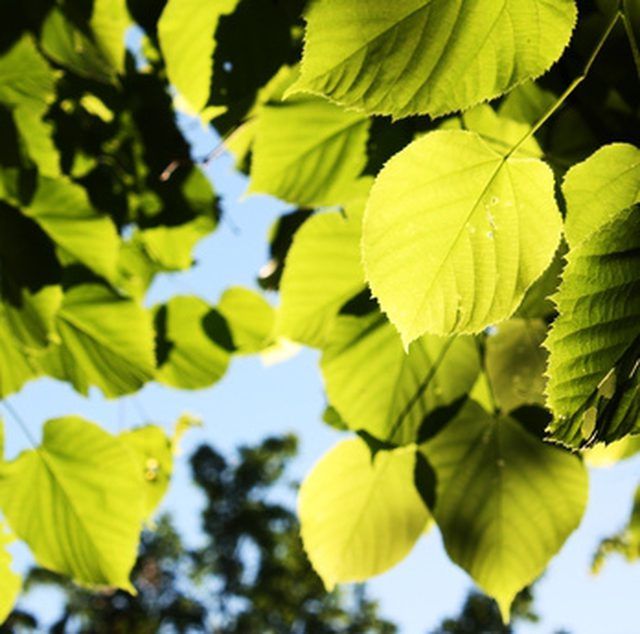Bulbs
Flower Basics
Flower Beds & Specialty Gardens
Flower Garden
Garden Furniture
Garden Gnomes
Garden Seeds
Garden Sheds
Garden Statues
Garden Tools & Supplies
Gardening Basics
Green & Organic
Groundcovers & Vines
Growing Annuals
Growing Basil
Growing Beans
Growing Berries
Growing Blueberries
Growing Cactus
Growing Corn
Growing Cotton
Growing Edibles
Growing Flowers
Growing Garlic
Growing Grapes
Growing Grass
Growing Herbs
Growing Jasmine
Growing Mint
Growing Mushrooms
Orchids
Growing Peanuts
Growing Perennials
Growing Plants
Growing Rosemary
Growing Roses
Growing Strawberries
Growing Sunflowers
Growing Thyme
Growing Tomatoes
Growing Tulips
Growing Vegetables
Herb Basics
Herb Garden
Indoor Growing
Landscaping Basics
Landscaping Patios
Landscaping Plants
Landscaping Shrubs
Landscaping Trees
Landscaping Walks & Pathways
Lawn Basics
Lawn Maintenance
Lawn Mowers
Lawn Ornaments
Lawn Planting
Lawn Tools
Outdoor Growing
Overall Landscape Planning
Pests, Weeds & Problems
Plant Basics
Rock Garden
Rose Garden
Shrubs
Soil
Specialty Gardens
Trees
Vegetable Garden
Yard Maintenance
Basswood Tree Facts
Basswood Tree Facts. The American basswood tree, also known as the linden tree, has graced many an urban and suburban landscape. Valued for their beauty, shade and delicious fragrance, basswood trees can be found in abundance in the eastern half of North America. They are deciduous trees and are nicknamed "the bee tree" because bees use the nectar...

The American basswood tree, also known as the linden tree, has graced many an urban and suburban landscape. Valued for their beauty, shade and delicious fragrance, basswood trees can be found in abundance in the eastern half of North America. They are deciduous trees and are nicknamed "the bee tree" because bees use the nectar of the flowers to make honey.
History
According to naturalist Leslie Day of the Columbia Teachers College, basswood or linden trees played a role in Greek and Roman mythology. Day says the tree spirits of Greek myths were supposedly wedded to linden trees. In Roman mythology the tree was used as a symbol of love and fidelity.
The Native Americans also valued the basswood tree. According to Wellesley College instructors Allaire Diamond and Jiasuey Hsu, Native Americans used the tree's fibrous inner bark to make rope.
Characteristics
The basswood or linden tree varies in size depending upon the variety. Larger varieties can reach a height of 130 feet at maturity. It has a rounded crown and a trunk that may measure up to 3 feet in diameter. The bark is ridged and furrowed in an "S" shape, and the flower clusters have a delicious scent, reminiscent of honey. Basswood tree have heart-shaped leaves. Older trees are often hollow in the middle and provide a comfortable home for wildlife such as squirrels and birds.
Uses
Basswood trees are often planted for shade or landscape purposes. In urban settings, they frequently are planted along boulevards. Their large size makes them a popular choice for open areas in park settings. In the Dakotas, the trees are used as windbreaks on farms and homesteads. The wood is used for lumber and also by wood carvers who value the even grain and color. The flowers can be used to make honey.
Care
Basswood trees will thrive on rich, well-drained loam or clay soils with a pH of 5.5 to 7.5. A full sun placement is best, but basswoods will tolerate partial shade. They are an appropriate choice for flood plains. They are cold hardy to USDA zone 2.
Pests
Fortunately, pests and diseases pose little serious threat to basswood trees. Insects such as the linden borer, Japanese beetle and basswood leaf miner may attack the bark but don't cause serious damage. Likewise, the leaves may get black mold or leaf spot but these typically do not damage the overall health of the tree.